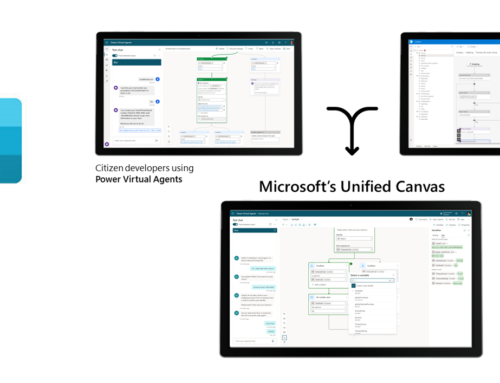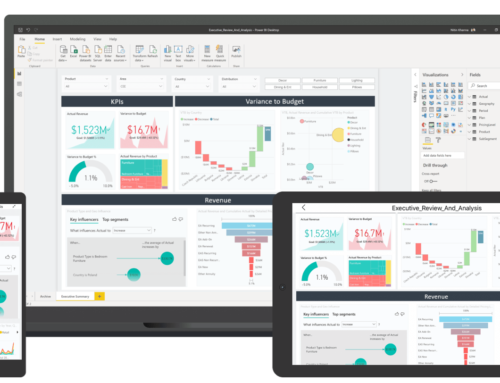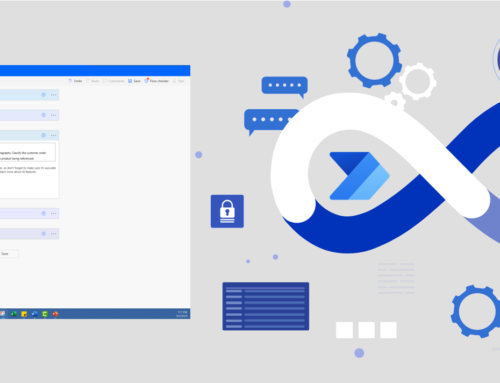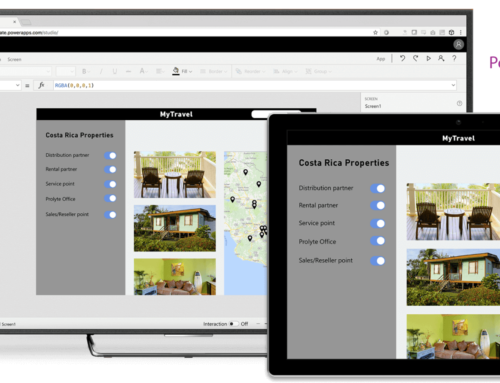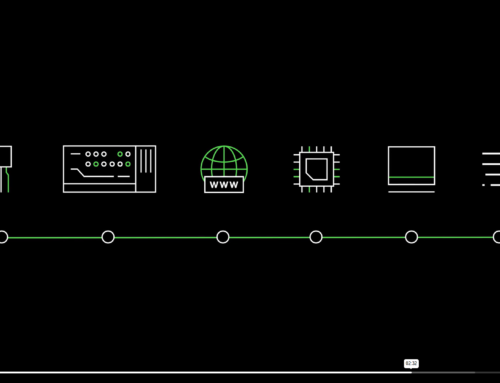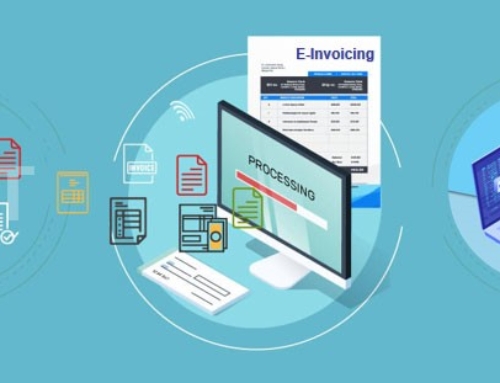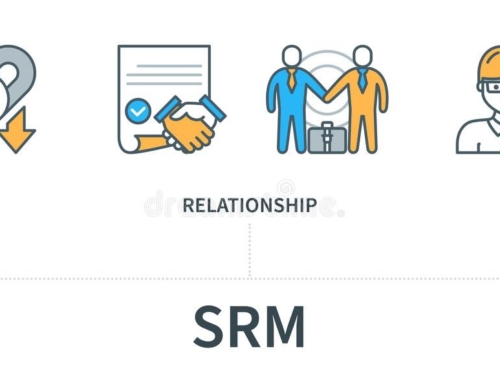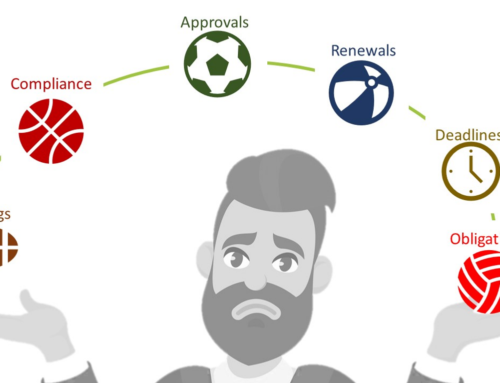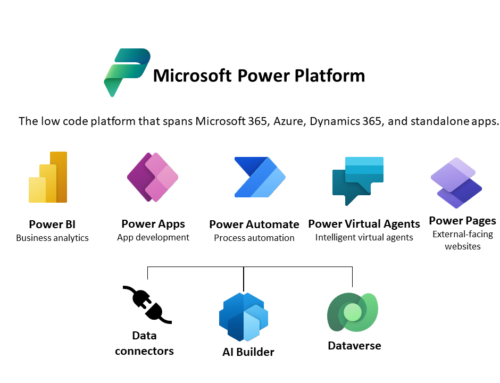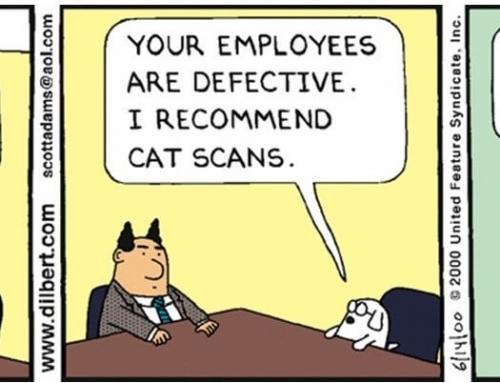Getting Started with Power Platform
Like any other technology, business objectives should precede your Power Platform journey. Given below are a few pointers for you to identify use cases that may be relevant to your business:
Power Apps:
- Building custom mobile or web applications for employees or customers.
- Streamlining business processes with digitized workflows and automated approvals.
- Replacing legacy applications with modern, low-code alternatives.
- Enhancing customer experiences with personalized and interactive apps.
- Improving data collection and analysis with forms and surveys.
Power Automate:
- Automating repetitive and manual tasks, such as data entry or file transfer.
- Creating custom workflows to connect different apps and services.
- Sending notifications and reminders to users based on specific triggers.
- Building approval processes and document workflows for improved efficiency.
- Monitoring and analyzing business processes for continuous improvement.
Power BI:
- Creating interactive dashboards and reports for data analysis and decision-making.
- Connecting to various data sources to consolidate and visualize information.
- Sharing insights and reports with teams or stakeholders.
- Creating personalized dashboards for different users or roles.
- Automating report creation and distribution.
Power Virtual Agents:
- Providing 24/7 customer service through chatbots.
- Automating frequently asked questions to free up human support.
- Conducting surveys and collecting feedback from customers or employees.
- Guiding users through complex processes or troubleshooting steps.
- Creating interactive and personalized experiences for users.
These are just a few examples. The possibilities are endless, and the modules can be used together to create even more powerful solutions.
Dos and Don’ts
- Do set clear goals and objectives for your Power Platform project.
- Do identify the right business processes and use cases for each module.
- Do involve end-users in the design and testing phases.
- Do invest in user training and adoption to ensure success.
- Do choose an experienced implementation partner with a proven track record.
- Don’t neglect security and compliance requirements.
- Don’t rush into implementation without proper planning and testing.
- Don’t try to do too much at once. Start small and gradually expand as you gain more experience.
- Don’t underestimate the importance of user adoption and change management.
- Don’t overlook the potential risks and limitations of low-code/no-code solutions.
Selecting the right implementation partner
Below are the key considerations for selecting an implementation partner for Power Platform:
- Expertise and Experience: Look for an implementation partner who has expertise and experience in working with the Power Platform modules that your organization needs. Ask for case studies and references to validate their experience.
- Business Acumen: The right implementation partner should have a strong understanding of your organization’s business processes, objectives and goals. They should be able to translate your requirements into a technical solution that aligns with your business goals.
- Customization Capabilities: Power Platform is a low-code/no-code platform, but it still requires some level of customization. Look for a partner who has the capability to customize the platform to meet your organization’s unique requirements.
- Data Security and Compliance: Ensure that the implementation partner has a strong understanding of data security and compliance. Look for partners who are familiar with your industry’s compliance requirements.
- Training and Support: The right implementation partner should provide training and support to your organization’s users. This will ensure that your organization is able to leverage the full capabilities of the platform.
- Agile Methodology: Agile methodology allows for a flexible approach to development and ensures that the implementation is aligned with business objectives. Look for a partner who follows an agile approach.
- Total Cost of Ownership: Finally, it’s important to consider the total cost of ownership (TCO) of the solution. Look for an implementation partner who can provide a transparent pricing model and who can help you assess the TCO of the solution over time.
How Prosares can help
Prosares is Microsoft Certified partner with more than 20 years of experience of creating and implementing business applications with high usability, high performance, and high effectiveness.
Prosares understand that each organization has unique needs, which is why we offer tailored solutions that are customized to your specific requirements. Our team of certified Power Platform professionals works closely with you every step of the way to deliver a solution that exceeds your expectations, whether you need to build custom apps, automate business processes, create data visualizations, or develop chatbots.
Prosares can be your go-to partner for all your business application requirements.
Contact us today to learn more about how Power Platform can help your business achieve its goals.


